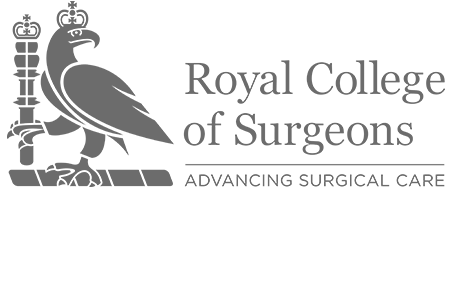Back pain
Lower back pain is common and most people will have an episode of back pain during their lifetime. Fortunately, most symptoms settle within 4 to 6 weeks. Sometimes back pain can be associated with leg pain or sciatica type symptoms. Risk factors for back pain include increasing age, smoking, depression, obesity and occupational factors such as heavy physical work or prolonged sitting. Scoliosis, poor posture and leg length differences have a limited effect.
Each patient is fully assessed by history, examination and imaging to find the cause of their back pain. In the majority of patients, no underlying structural abnormality is detected and this is termed non-specific back pain. Often minor abnormalities or age-related changes are seen on imaging, but there is no conclusive evidence that these findings correlate with symptoms experienced. In other patients, there is specific clear-cut spine pathology, such as a fracture (including stress fractures), a spondylolisthesis, malignancy or infection. With modern imaging techniques, it is possible to identify arthritis of the facet joints and disc degeneration or tears. Diagnostic injections can be performed to determine whether these abnormalities are the cause of a patient’s symptoms. Back pain can also be due to nerve compression, seen in conditions such as spinal stenosis or with a slipped disc. Sometimes adjacent structures can cause back pain such as kidney stones, hip arthritis or sacroiliac joint pathology.
Treatment options range from optimising analgesic medication, physiotherapy and strengthening exercises, diagnostic and therapeutic injections to surgery.
Assessment
History
Patients will be asked about the onset, location and duration of their symptoms and in particular whether it is related to any injury or activity (such as work or driving). There may be associated symptoms such as pain, numbness or tingling in an extremity
Red flags may indicate underlying pathology and warrant further investigation. These include fever, unexplained weight loss, a history of cancer, significant trauma, osteoporosis, age over 50 years and non-mechanical pain (pain unrelated to activity).
Examination
The examination includes assessing lumbar range of movement, areas of tenderness such as the sacroiliac joint and greater trochanter, the patient’s gait and posture as well as performing a full neurological examination.
Imaging
The imaging required begins with standing radiographs (X-rays) and a CT or MRI scan. The standing x-ray will can sometimes reveal dynamic instability (such as a spondylolisthesis – where a vertebral body slips forwards) that is not apparent on an MRI scan. Other tests that can be helpful include bone scans or a SPECT CT – which is a bone scan combined with a CT scan that can provide 3D localisation of pathology.




